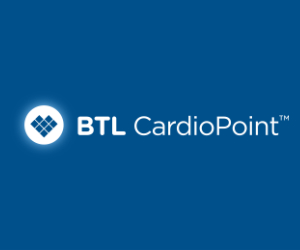Physiology of breathing and delivery of oxygen to tissues in hyperbaric conditions
Principal effect of the HBOT in the therapeutic range is to increase pressure of oxygen in the tissues by means of dissolved oxygen in blood plasma. In healthy individuals, other effects of HBOT include mild bradycardia leading to a proportional decline in cardiac output and a small increase in systemic vascular resistance from oxygen induced vasoconstriction. Oxygen induced vasoconstriction increases smooth muscle tone in the small to medium vessels of the arterial and venous circulation as well as in the microcirculation. This occurs, in part, because oxygen opposes the paracrine effects of the endogenous vasodilator, nitric oxide. An oxygen constrictor response is observed in almost all vascular beds because tissue oxygenation is actively regulated. However, the extent of constriction varies from organ to organ, with the most pronounced effects on the cerebral and coronary circulations, which feed the tissues with the greatest basal aerobic metabolic requirements. The main exception is blood flow to the diaphragm and other respiratory muscles, which must perform greater work because of the increased density of the breathing gas under hyperbaric condition. Although HBOT decreases microcirculatory blood flow in healthy tissues, the extra oxygen dissolved in plasma is so great that the tissue pressure of oxygen actually increases. The presence of additional oxygen does not increase oxygen consumption unless oxygen delivery is below critical threshold for oxygen dependency of aerobic metabolism. In tissues with cellular hypoxia caused by compromised microcirculation, HBOT does not cause significant vasoconstriction, and its administration usually allows temporarily restoration of more normal oxygen pressure values.
Key words:
physiology of breathing; hyperbaric oxygenotherapy; oxygen transport





